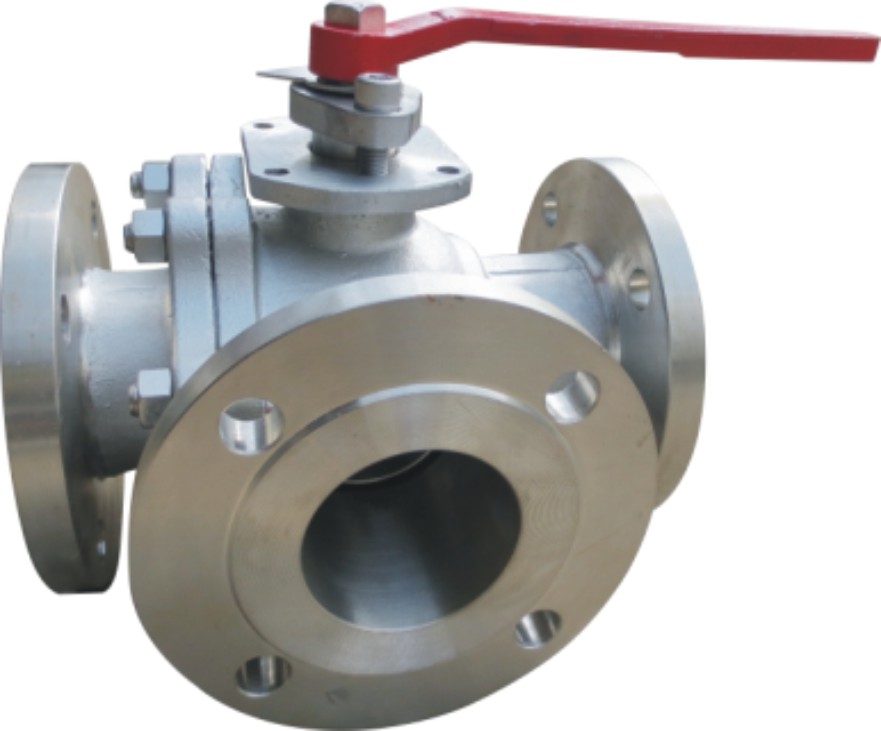Unlock Your Potential – Launch a Small Business and Thrive
Unlocking your potential and launching a small business is a journey that can lead to tremendous personal and professional growth. It requires courage, dedication and an unwavering belief in your abilities. One of the most significant advantages of starting a small business is the freedom it offers, enabling you to chart your own course and make decisions that align with your vision and values. Moreover, the potential for financial rewards can be substantial, but it is the sense of fulfillment derived from pursuing your passion and creating something meaningful that truly sets the entrepreneurial experience apart. Building a successful small business demands a robust business plan that outlines your objectives, target market and competitive strategy. In this fast-paced and dynamic business landscape, adaptability is key. Embrace change, learn from failures and remain open to continuous improvement. Surround yourself with a supportive network of mentors, peers and advisors who can offer valuable insights and help navigate the challenges that inevitably arise.
 Thriving in the world of small business requires a laser focus on delivering exceptional value to customers. Understanding their needs great post to read and providing innovative solutions will set you apart from the competition. By investing in customer relationships and cultivating a strong brand identity, you can foster customer loyalty and attract new clientele through word-of-mouth referrals. Equally important is embracing technology to streamline processes and enhance efficiency. Leverage digital tools, automation and online marketing to widen your reach and increase brand visibility. This will also enable you to stay ahead of industry trends and respond to changing consumer preferences swiftly. As an entrepreneur, you will need to hone your leadership skills to inspire and motivate your team. Cultivate a positive and empowering work culture that fosters creativity, collaboration and continuous learning. Remember that your team is the backbone of your business and their passion and dedication will ultimately drive its success.
Thriving in the world of small business requires a laser focus on delivering exceptional value to customers. Understanding their needs great post to read and providing innovative solutions will set you apart from the competition. By investing in customer relationships and cultivating a strong brand identity, you can foster customer loyalty and attract new clientele through word-of-mouth referrals. Equally important is embracing technology to streamline processes and enhance efficiency. Leverage digital tools, automation and online marketing to widen your reach and increase brand visibility. This will also enable you to stay ahead of industry trends and respond to changing consumer preferences swiftly. As an entrepreneur, you will need to hone your leadership skills to inspire and motivate your team. Cultivate a positive and empowering work culture that fosters creativity, collaboration and continuous learning. Remember that your team is the backbone of your business and their passion and dedication will ultimately drive its success.
Managing finances wisely is crucial for the survival and growth of your small business. Keep a close eye on expenses, maintain a healthy cash flow and reinvest profits strategically to fuel expansion. Seek professional advice to ensure you are complying with tax regulations and are making informed financial decisions. Above all, stay true to your purpose and stay committed to your vision. The journey of launching and growing a small business may present obstacles, but with perseverance and resilience, you can overcome them. Celebrate your successes, no matter how small and use setbacks as opportunities to learn and innovate. In conclusion, launching a small business offers a platform for self-discovery, creativity and impact. Embrace the challenges, stay agile and maintain an unwavering belief in your potential. By offering value to customers, embracing innovation and fostering a supportive team, you can unlock the full potential of your small business and thrive in an ever-evolving market. Remember, the key to success lies in your passion, dedication and willingness to learn and grow as both an entrepreneur and an individual.


 Meaningful Gift: If you are looking for a thoughtful and meaningful gift for new parents or expecting couples, a birth poster is an excellent choice. It demonstrates your attention to detail and the effort you put into finding a truly unique present. Birth posters are often cherished and treasured by parents, as they capture a significant moment in their child’s life. Whether it is for a baby shower, a christening, or a first birthday, a birth poster is a gift that will be remembered and appreciated.
Meaningful Gift: If you are looking for a thoughtful and meaningful gift for new parents or expecting couples, a birth poster is an excellent choice. It demonstrates your attention to detail and the effort you put into finding a truly unique present. Birth posters are often cherished and treasured by parents, as they capture a significant moment in their child’s life. Whether it is for a baby shower, a christening, or a first birthday, a birth poster is a gift that will be remembered and appreciated.

